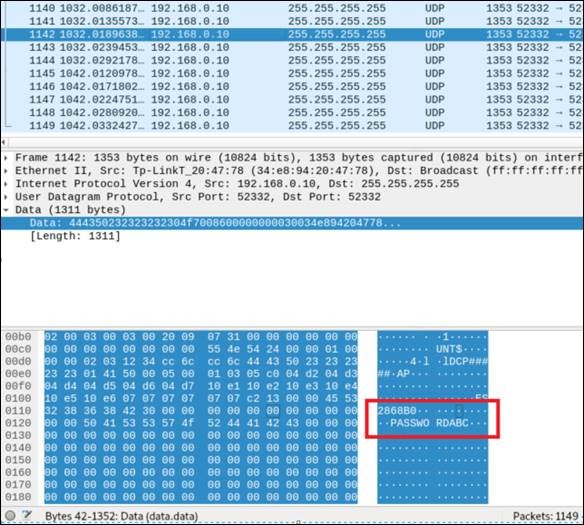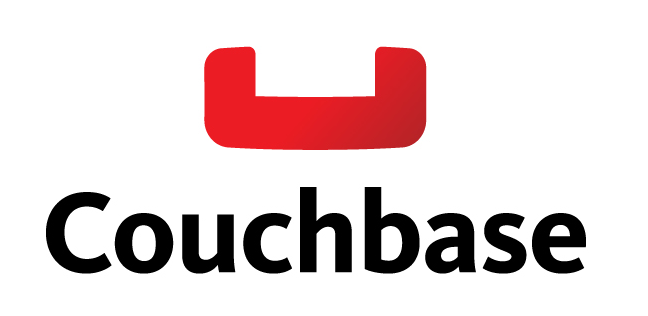Eine 10 von 10 – Ivanti CVE-2023‑35078 – Hilfe zur Selbsthilfe
Update vom 10.08.2023:
Für Ivanti Endpoint Manager Mobile (EPMM) wurde am 03.08.2023 eine weitere Schwachstelle (CVE‑2023-35082) mit einer CVSS-Bewertung von 10.0 veröffentlicht. Die Schwachstelle ist ähnlich zu der initial veröffentlichen CVE-2023-35078. Am 07.08.2023 hat Invanti veröffentlicht, dass diese Schwachstelle alle Versionen von EPMM betrifft. Die Maßnahmen zum Schließen der Schwachstelle und einer Identifizierung eines Angriffs wurden in dem Dokument „Hilfe zur Selbsthilfe – CVE‑2023‑35078“ ergänzt.
Update vom 01.08.2023:
Auf Basis der bereits veröffentlichten Expoits konnte der String zur Identifizierung eines Angriffs genauer bestimmt werden. Diese finden Sie in dem Dokument „Hilfe zur Selbsthilfe – CVE-2023 35078“ unter dem Punkt 2.
Update vom 31.07.2023:
Seit dem Wochenende gibt es die ersten öffentlichen Proof of Concept Exploits auf GitHub. Die teilweise in Python geschriebenen Programme ermöglichen eine automatische Ausnutzung der Ivanti Schwachstelle CVE-2023-35078.
Zusätzlich wurde am 28.07.2023 von Ivanti eine weitere Sicherheitslücke (CVE-2023-35081) publiziert. Hierbei handelt es sich um eine Schwachstelle welche es dem Angreifer erlaubt als authentifizierten Administrator beliebige Schreibvorgänge auf dem EPMM-Server durchzuführen.
Am 24. Juli 2023 hat der Hersteller Ivanti Informationen zu der Sicherheitslücke CVE-2023‑35078 veröffentlicht. Die Schwachstelle betrifft die Software „Ivanti Endpoint Manager Mobile“ (EPMM), auch bekannt als MobileIron Core. Um unseren Kunden eine Möglichkeit zu geben, erste Maßnahmen zu ergreifen und ihre Systeme zu prüfen, haben wir einen Leitfaden „Hilfe zur Selbsthilfe – CVE-2023‑35078“ erstellt. Der Leitfaden kombiniert die öffentlichen Informationen der staatlichen Sicherheitsbehörden, Fach-Blogs und die Angaben des Herstellers mit der Expertise der HiSolutions.
Sollten Sie Ivanti bzw. MobileIron Core nutzen, prüfen Sie bitte anhand des Dokuments, ob Sie alle relevanten Maßnahmen ergriffen haben.
HINWEIS: Das Dokument wird laufend aktualisiert. Bitte achten Sie daher auch auf weitere Veröffentlichungen auf unserem Research-Blog. Weitere Informationen und Cybersicherheitswarnungen erhalten Sie auch beim Bundesamt für Sicherheit in der Informationstechnik (BSI) unter https://www.bsi.bund.de/SiteGlobals/Forms/Suche/BSI/Sicherheitswarnungen/Sicherheitswarnungen_Formular.html





